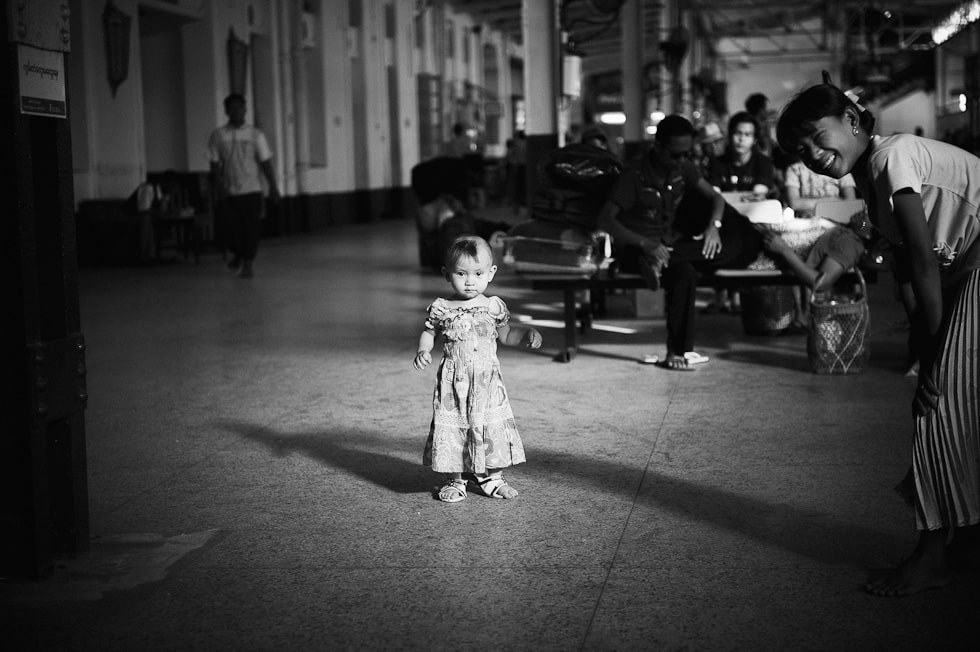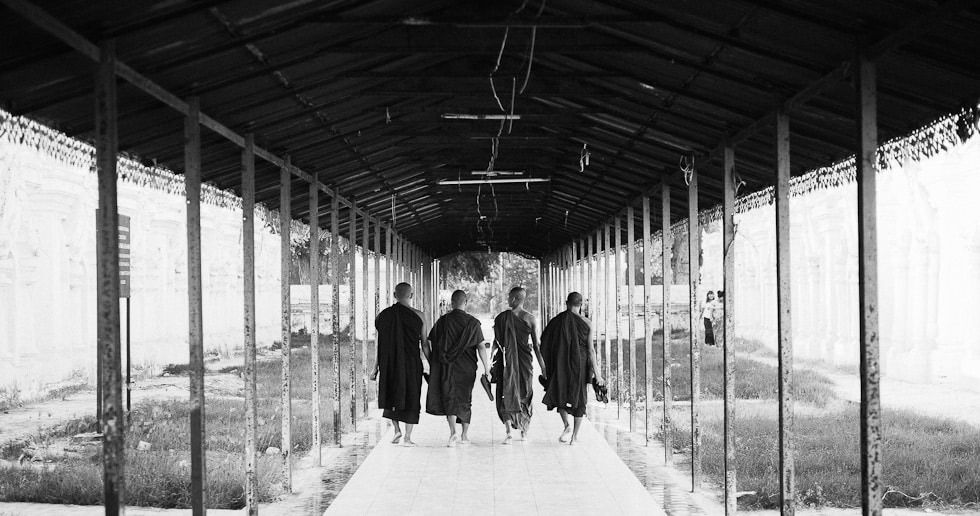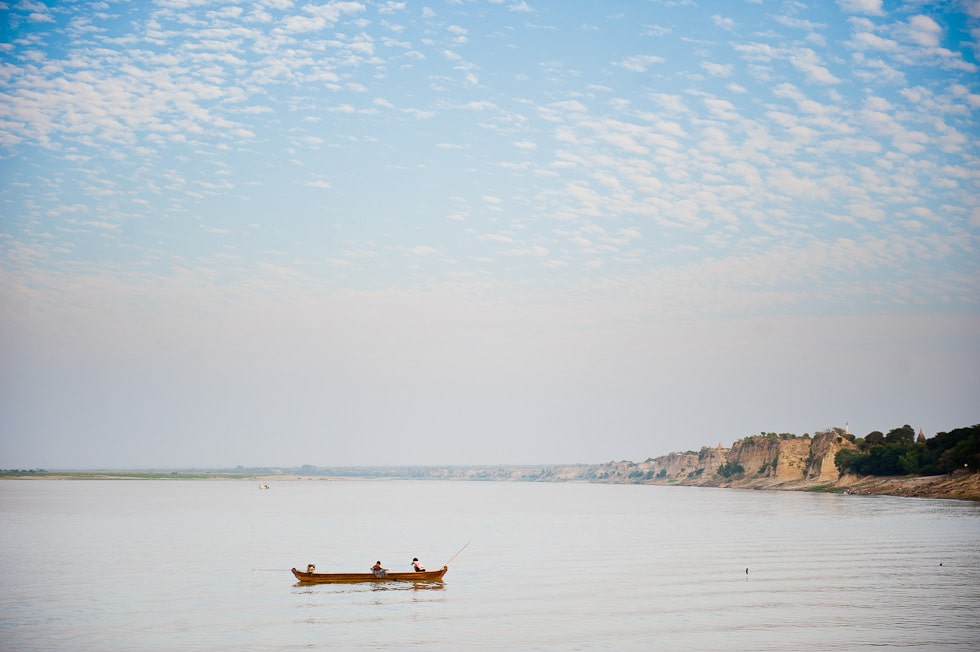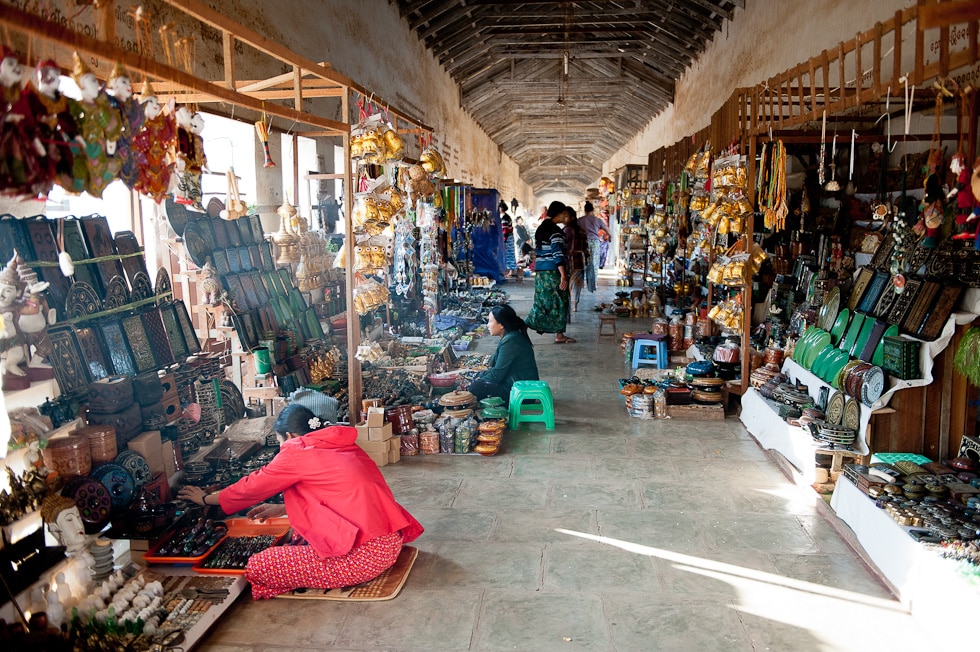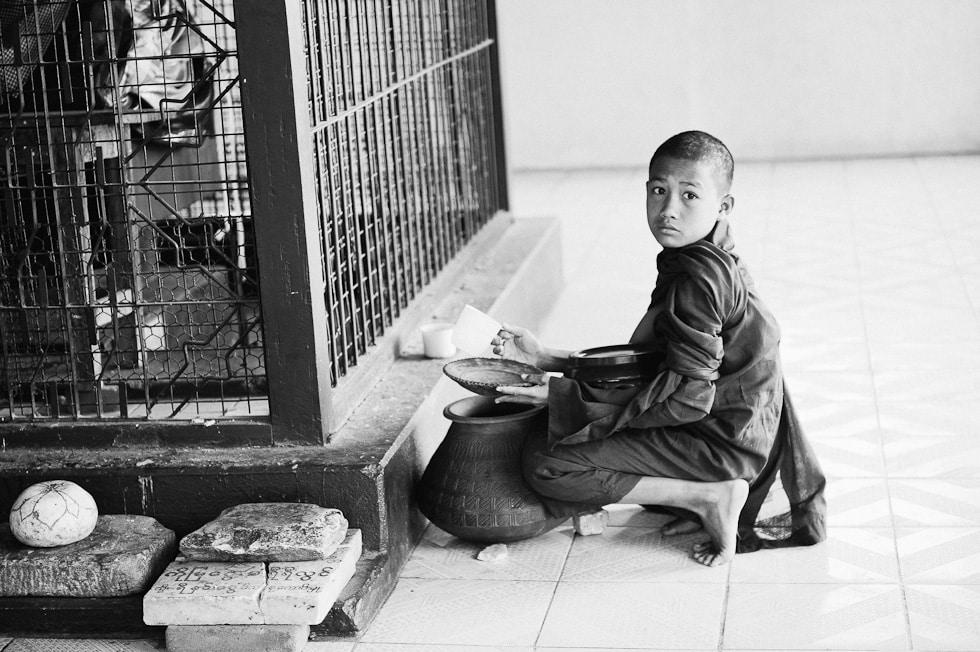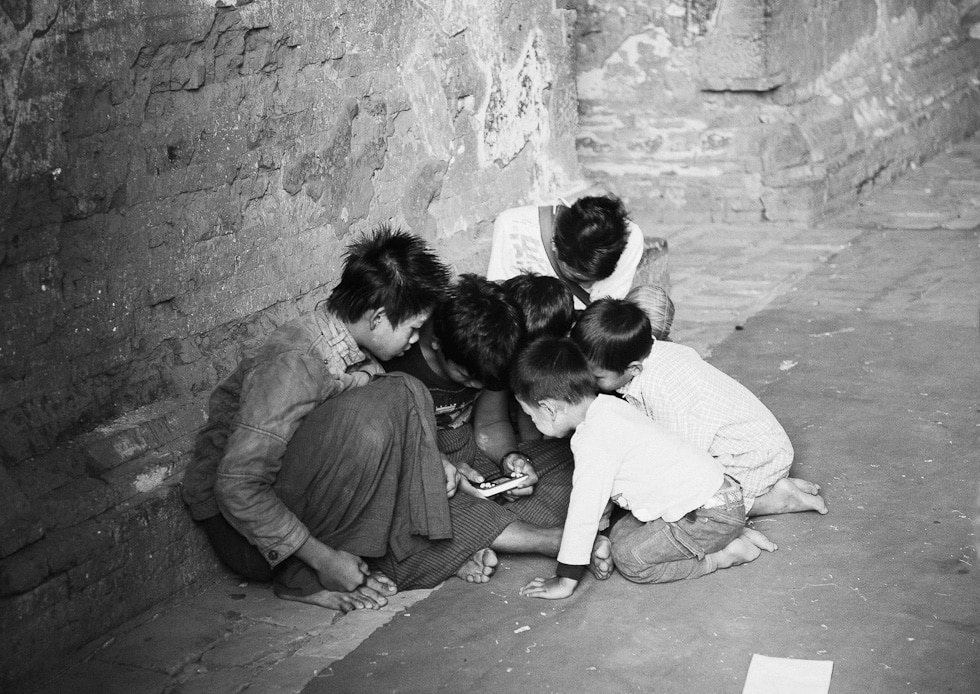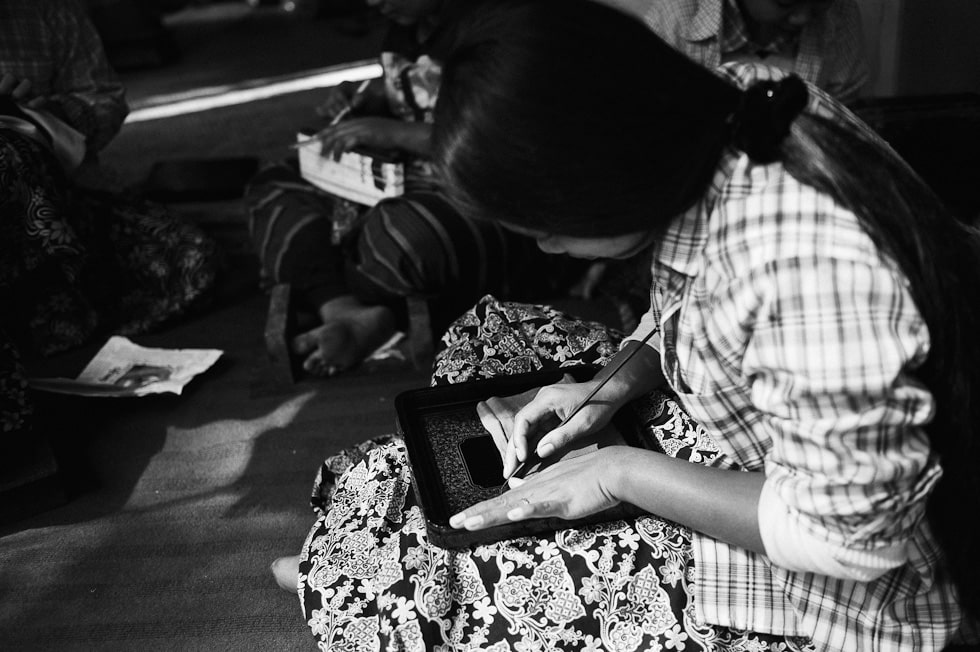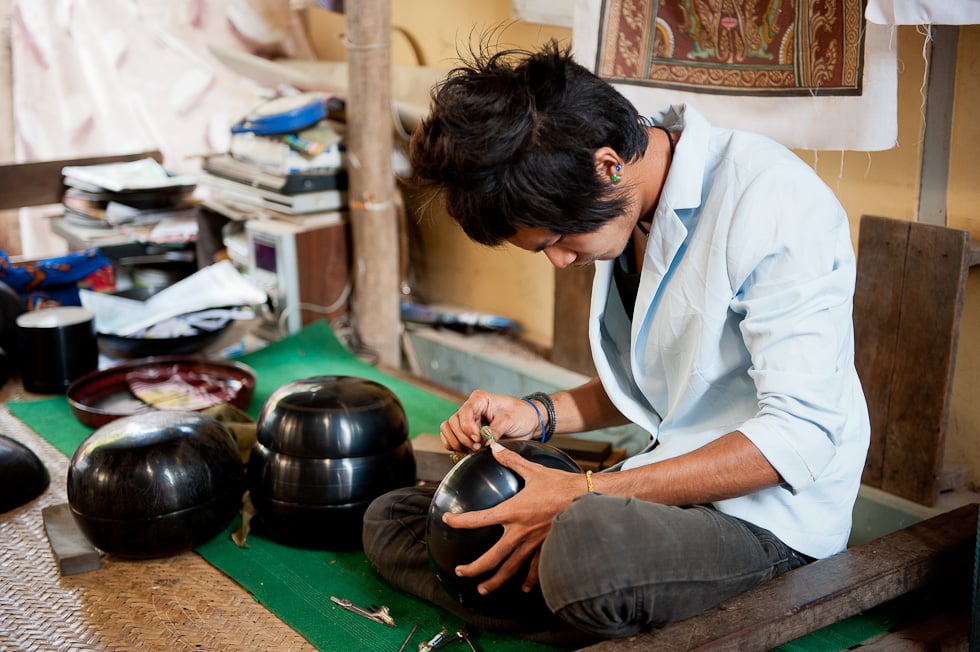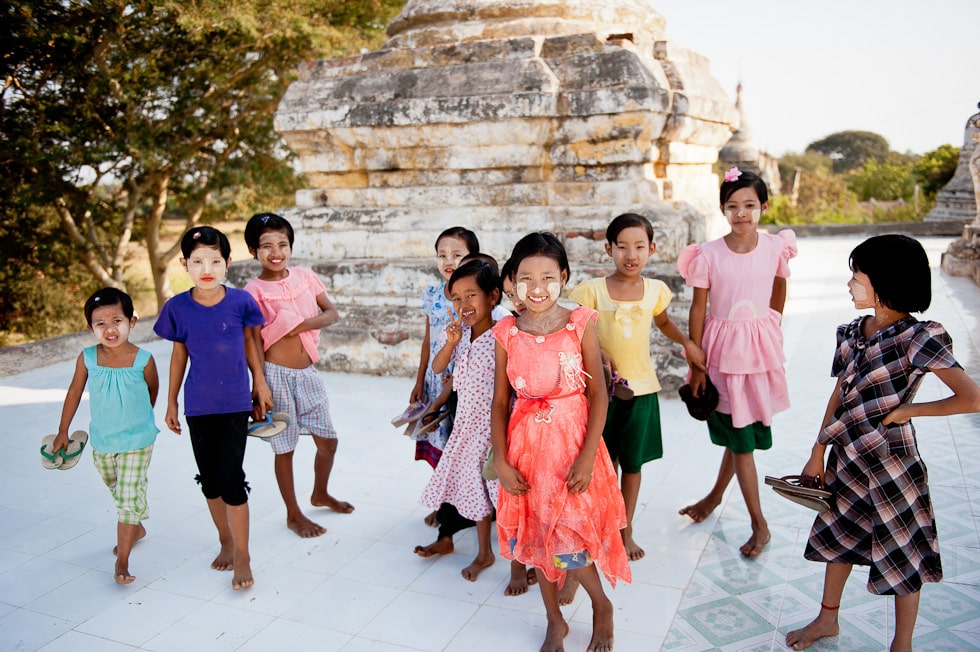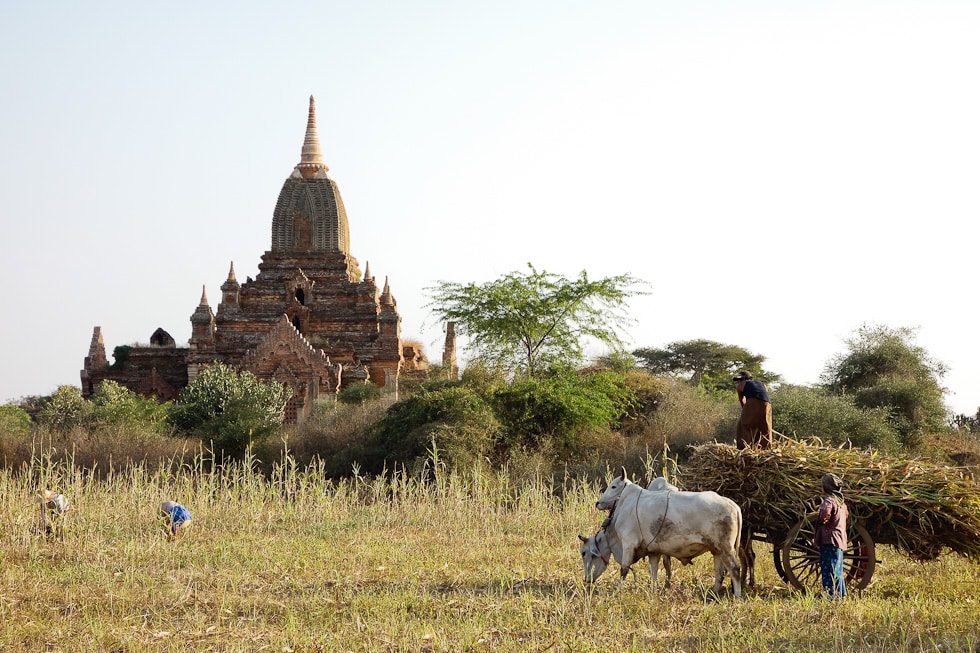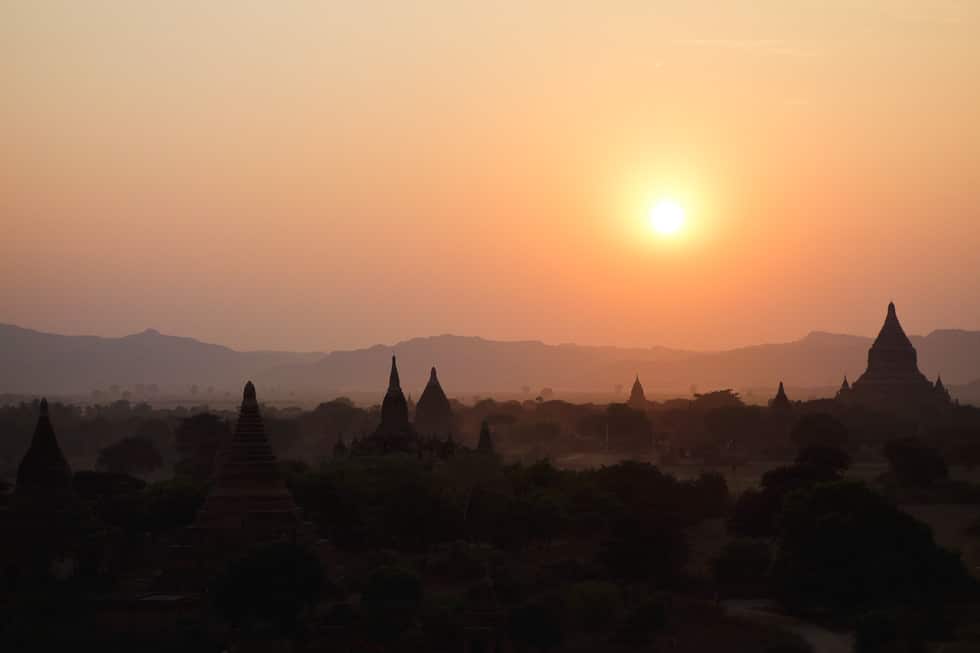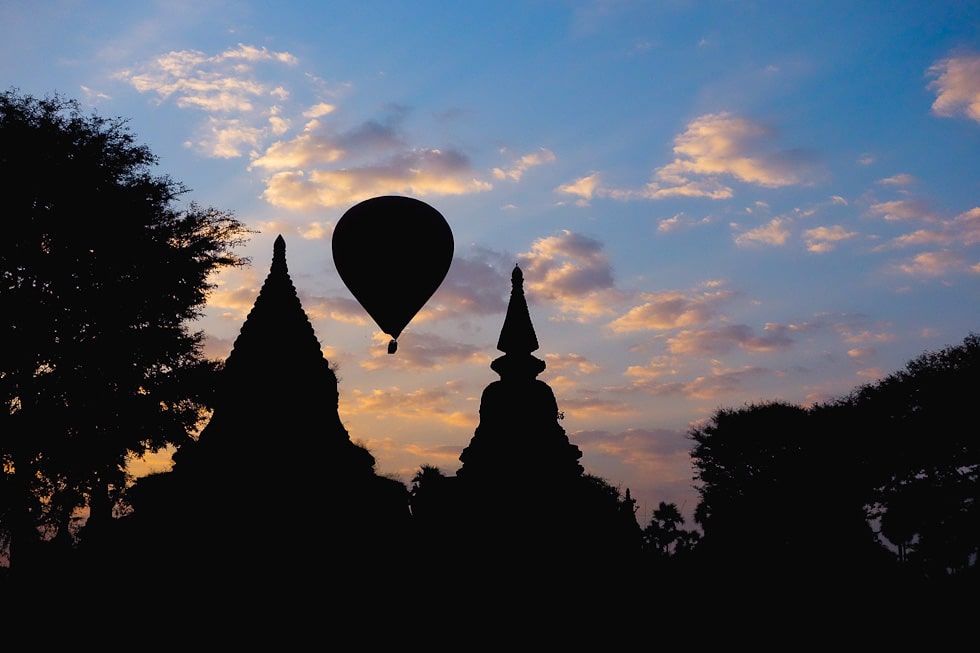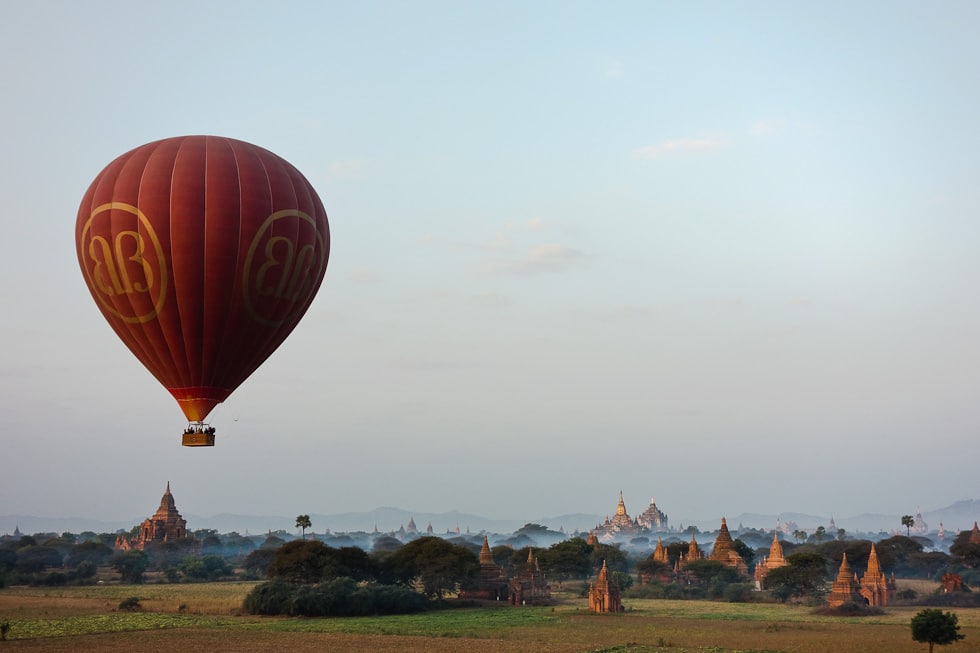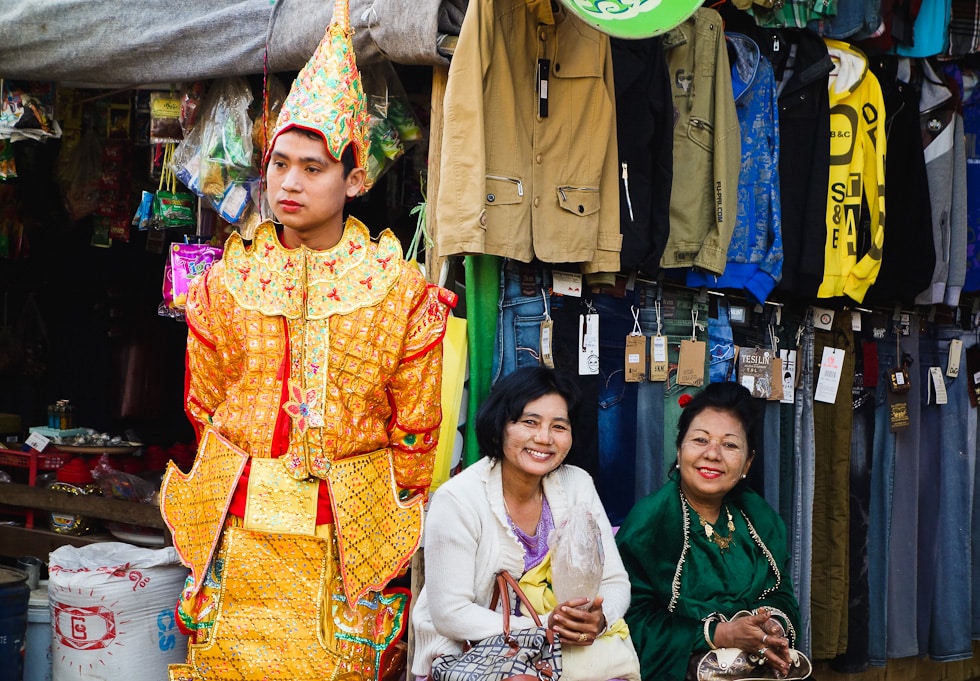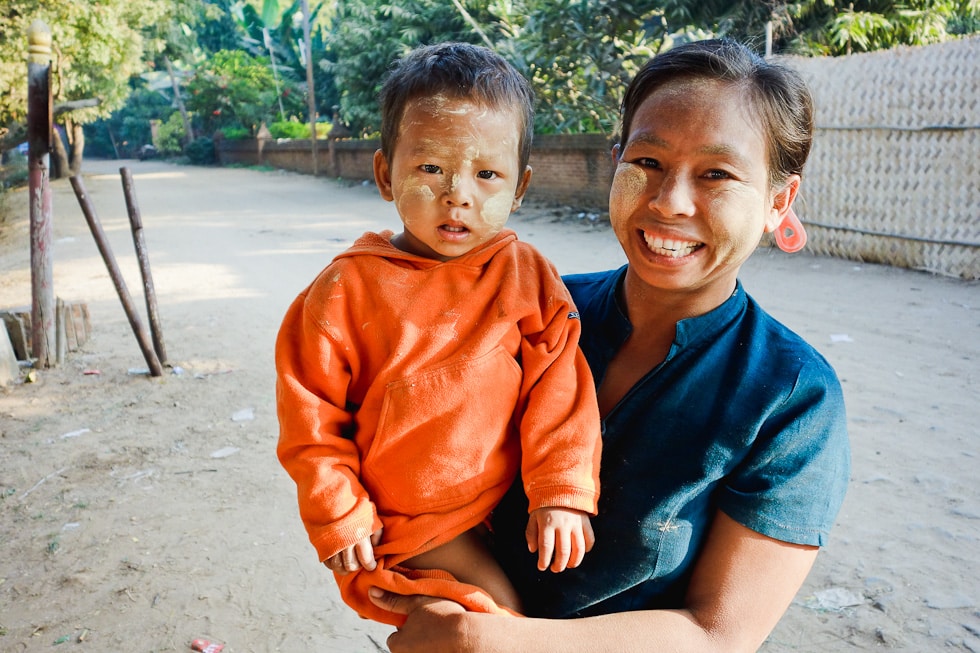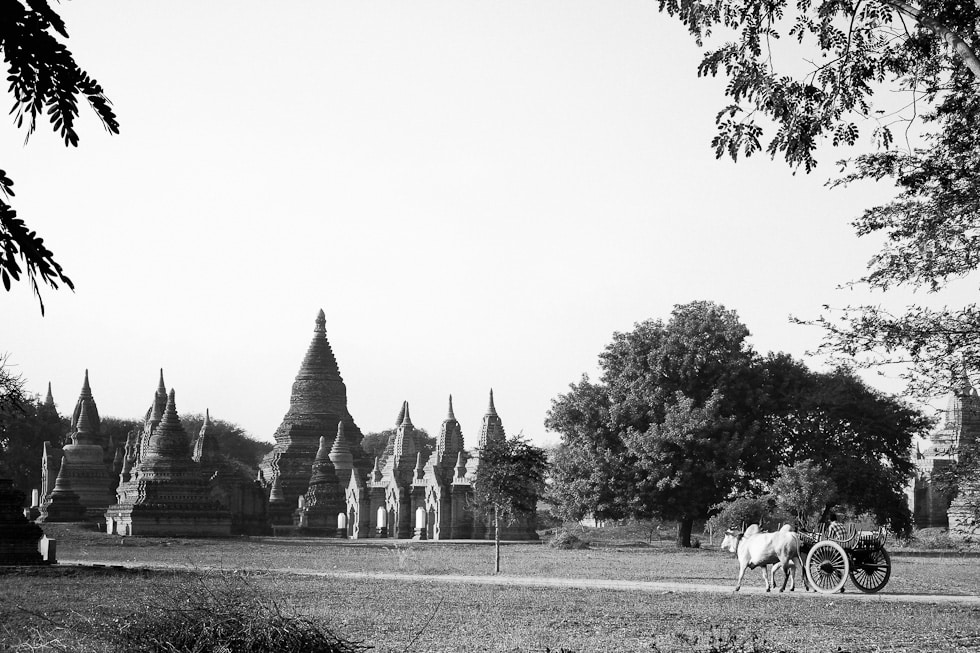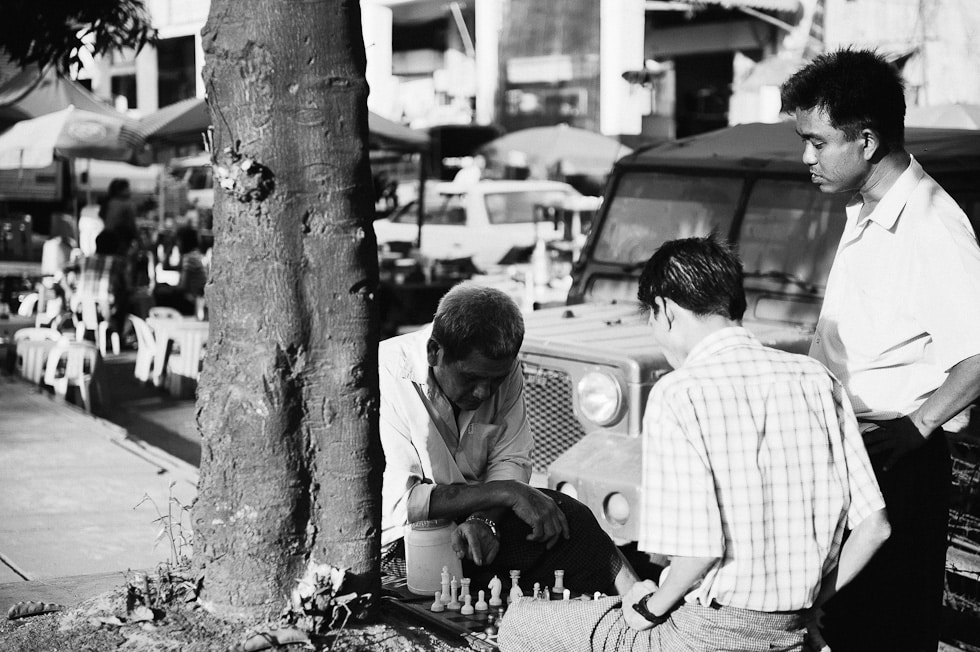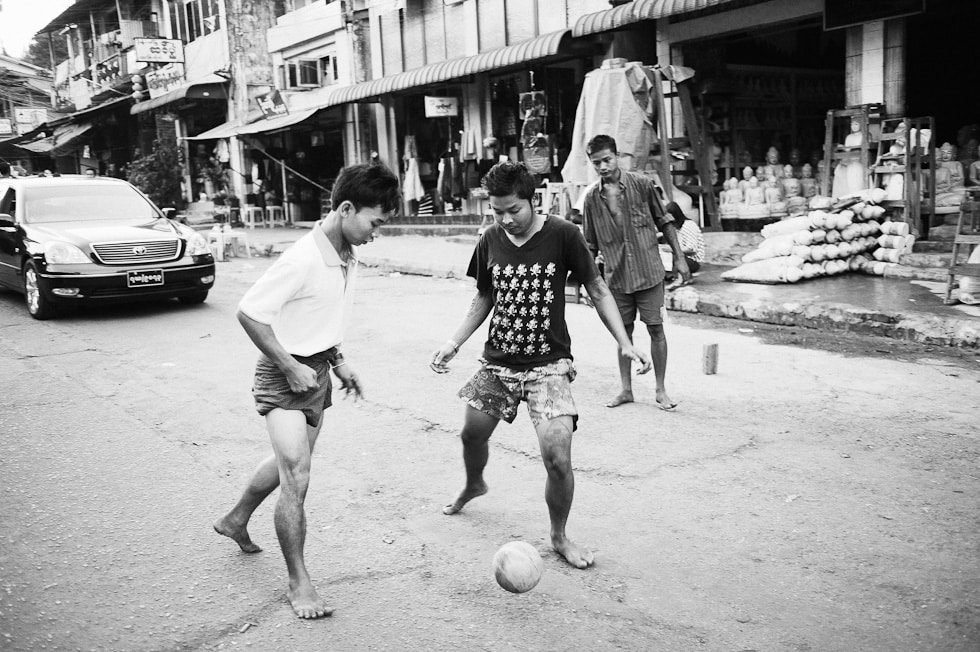This blog post is brought to you by Jackie … and ONLY Jackie!
First of all, let me explain the parentheses- Myanmar/Burma is like the modern Istanbul/ Constantinople … it has two names, and that’s confusing! The first time I ever heard Burma called Myanmar was last summer when I went to London to watch one of my old team mates race in the Olympics (she’s so cool!). I was intrigued.
Turns out “Burma” is derived from the Burmese ethnic group that inhabits the country. Imperialist Britain assigned that name when they annexed the country in the late 19th century. Later, when the country negotiated it’s independence from Britain, it became the Union of Burma.
Myanmar (pronounced Me-a-ma) is the Burmese word that refers to “homeland”. When the current government took power of the country through a military junta in the late 1980s the name was changed to the Union of Myanmar to cut ties to the colonial past.
So the question still remains: Burma or Myanmar? Using “Burma” can be construed as promoting colonialism, while using “Myanmar” suggests that you approve of the current government, despite the horrible things they have done to their people. The citizens adamantly refer to their country as Myanmar, but it is unclear how much pressure the government put on them to do so. After spending two weeks in the country I’m still not sure what I should call it, so I’m taking the “on the fence route” and using both with the Burmese name first and the English in parentheses. That way I’ll either offend everyone or no one!
Either way you dice it, Myanmar(Burma) is an absolutely beautiful country full of some of the kindest, toughest people I have ever met. It has only opened up its borders to Western travelers in the past couple years, so it’s one of the few places you can still find a “pristine cultural experience”. Myanmar(Burma) is booming in tourist popularity, and I doubt it will be able to hold off Western modernity much longer, so it was really important to me to see it before the culture and history of it’s people was lost to the lure of Westernization. Here are a few of the photos I felt captured the essence of the beauty and individuality of Myanmar(Burma):
A young girl and her sister play in the Yangon(Rangoon) train station. The train I took from Yangon(Rangoon) to Mandalay was quite an experience! The Myanmar(Burma) Railway was built by the British in the late 19th century and has not seen much renovation in the last 100 years. My overnight train averaged a blistering 7-8mph and I can honestly say I’ve never moved in so many directions at once, it was like being on an amusement park ride for 16 hours, but somehow the train stayed on the track and I made it to Mandalay in one piece!
These four young monks had a good time teasing me before heading off to their evening chant at Kuthodaw Paya. On the walk into the Pagoda there are 1774 marble slabs inscribed with the Sutta Vinaya Abhidhamma (Buddhist texts), creating the world’s largest outdoor book!
After my thrilling train trip to Mandalay, I decided to take a ferry down the Ayeyarwady(Irrawaddy) River to Pagan(Bagan). While the speed of travel was still mind-boggling (it took 12 hours to go less than 200 miles), it was an awesome opportunity to see local people living and working on the river. These three men are using a traditional fishing boat to bring in the catch of the day.
The shops of “hawker row” outside the Shwezigon Pagoda; the largest pagoda in Pagan(Bagan).
A young monk stops to get a drink from the communal water station inside Shwezigon Pagoda before continuing with his morning collection of alms. Myanmar(Burma) is a very Buddhist country, 80-90% of the population practices, and all boys are expected to spend at least some time (weeks, months, or years) as novices in a monastery.
Boys will be boys, especially if they have a Nintendo game to play like these kids hanging out at Bocho Mi Gubyauk temple where their father works as the gate and key keeper.
Some of the best examples of lacquerware in the world are found in Pagan(Bagan). Traditional lacquerware is made of a combination of horsehair and bamboo and can be very flexible even after it has been covered with multiple layers of varnish. The process can take up to six months to complete. Here a young woman is engraving a finished piece to allow multiple layers of color to show through the black finish.
A young man smooths out imperfections after adding a layer of varnish made from the sap of the thitsee, or varnish tree. The sap is straw colored until it is exposed to oxygen and darkens to pitch black as it dries.
At one of my temple visits I was greeted by a group of school age children playing on the steps. We had a great time taking, and showing off pictures of each other.
One of the best (and sometimes worst) parts of traveling alone is that I’m usually lost. I have an abysmal sense of direction and spend most days wandering in a sort of awe-filled oblivion until I stumble upon something I recognize and eventually make it to my destination (then again, I don’t make it as often as I do…). The reason I think of this as a positive trait instead of an annoyance (which, if I have a set plan it can be) is because I often find wonderful pockets of authenticity off the beaten tourist path, like these farmers loading their corn crop onto an ox cart near this largely abandoned temple.
Pagan(Bagan) at sunset is a truly stunning sight. As the sun goes down the plains are illuminated and the view of the temples is breathtaking. Between the 11th and 13th centuries Pagan(Bagan) was the capital as well as economic, social and cultural center of the Pagan Empire. At the height of it’s grandeur, the 104 square kilometer plain played host to as many as 13,000 temples, pagodas, stupas and monasteries.
In the early morning hot air balloon tours launch into the skies of Pagan(Bagan) to see the thousands of temples from a bird’s eye view.
The Balloons Over Bagan launch before sunrise to get a stunning view of the plain of temples that is Pagan(Bagan). I got up significantly earlier (4:00am) to hike to my favorite abandoned monastery for an equally stunning (and free!) view of the mist burning off the plains and giving the temples and especially spectacular display.
In modern times Pagan(Bagan) still boasts between two and four thousand ruins and renovated temples. Although it is less well known than Angkor, Cambodia or Borobudur, Indonesia, it is easily one of the most culturally and historically significant archaeological sites in Southeast Asia.
Just inside the Tharabar Gate in Old Bagan performers and locals prepare to celebrate at the full moon festival.
A woman and her child sport the traditional Burmese thanakha. Thanakha is a yellowish paste made from ground up bark from the thanaka tree. Thanakha paste is applied in circular artistic designs to the cheeks, forehead, bridge of the nose, chin and to a lesser degree on the rest of the body. The application is cosmetic and thought to be beauty enhancing, but it also prevents sunburn and heals other skin related irritations.
A brief view of the old world: a man drives his oxcart down the dirt road past a series of small temples and a pagoda.
Even as Myanmar(Burma) modernizes and Westernizes rapidly, many of the old traditions still reign. Street life is a staple of Yangon(Rangoon) as seen here where men engage in a friendly game of chess on the side of a parking lot.
Well, there’s no McDonald’s yet… but it’s coming. These young men are playing ‘football’ with a traditional wicker ball on the street outside Shwedagon Pagoda in Yangon(Rangoon). This picture could have been taken anytime in last fifty years… if you discount the brand new Toyota in the background. If you want to see traditional Myanmar(Burma), go now, it might not be there tomorrow.
:::JACKIE:::

